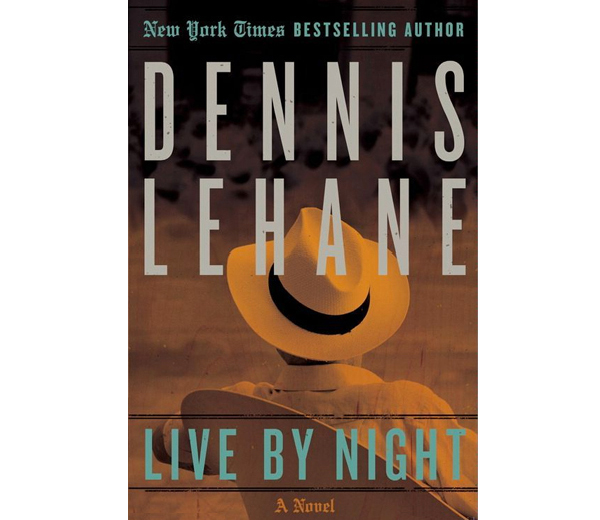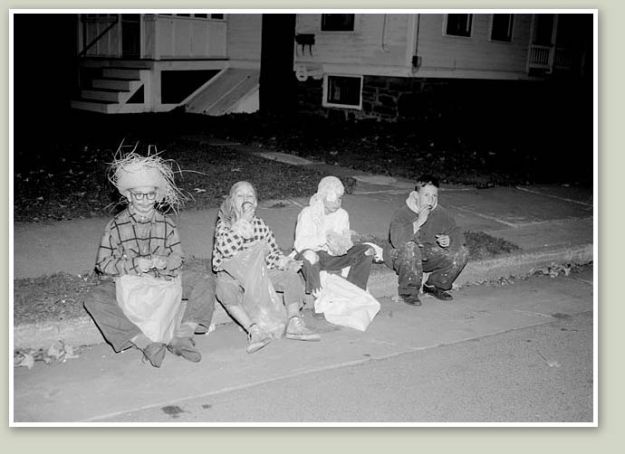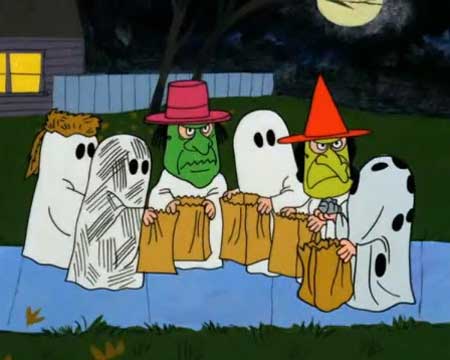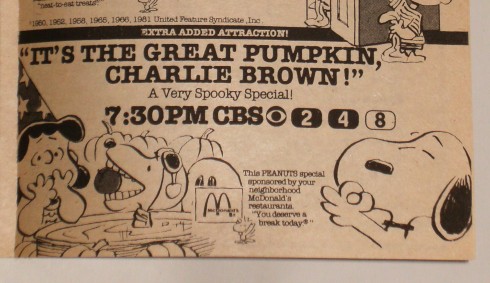
Yes, I rolled my eyes a bit when I heard that CW’s new series about the DC Comics character Green Arrow was called “Arrow.” It’s another instance of the “we’re ashamed this is based on a comic book” mentality, I thought.
“Smallville” instead of “Superboy,” “Mercy Reef” instead of “Aquaman,” and, frankly, the preponderance of “dark” in modern-day Batman movie titles. And yes, I know Batman’s called “The Dark Knight.” And Superman is “The Man of Steel.” I’m not going to be convinced that there isn’t some embarrassment at work there.
The producers constantly emphasizing that “Arrow” was a gritty, realistic world without superpowered heroes was another red flag, it seemed.
So I didn’t watch the first few weeks of “Arrow.”
But after catching up with it, I’m actually finding myself enjoying the series.

If you’re not familiar with Green Arrow the comic book character, he’s a mix of Batman and Robin Hood and he’s been a staple of the DC universe for decades. Oliver Queen is a billionaire orphan, like Bruce Wayne, who turns his thirst for revenge into nighttime vigilante work. He’s got a quiver of trick arrows that’s not unlike Batman’s utility belt and he prowls the dark alleys of Star City, protecting the innocent.
There have been two high-profile depictions of old Ollie in recent years. One was the sarcastic, liberal-leaning conscience of the “Justice League Unlimited” animated series.
The other was in live action. Justin Hartley played a good Oliver Queen/Green Arrow in “Smallville.” He was that show’s Batman substitute when Bruce Wayne couldn’t be deployed by the producers and Oliver became virtually the second lead of the show.
When the CW decided to follow “Smallville” with a Green Arrow series, a lot of people assumed the role would be filled by Hartley. But the network cast Stephen Arnell in the role and while he’s apparently become famous for his abs – he could bounce an arrow off his stomach for a three-corner trick shot – he’s actually pretty good in the role of a rich playboy/obsessed crimefighter.
The series follows Oliver Queen, back in Star (for some reason here called Starling) City after being shipwrecked for five years. In flashbacks – one of which intriguingly included a glimpse of the two-tone mask of DC villain Deathstroke – we see Oliver’s time on the island after his father, rich industrialist Robert Queen, killed another shipwreck survivor and himself so that callow young Oliver might live.
In modern-day scenes, Oliver has a list of bad guys who are taking a bite out of the city. In each episode, he confronts them, threatens them if they don’t change their ways and contribute to society, and then clashes with them when they ignore his warning.
Oliver, unlike Bruce Wayne, isn’t opposed to killing when forced to. It makes the edgy hero even edgier.
The show’s supporting cast does a good job of backing Arnell. Characters are a mix of those created for the show and others like Black Canary herself, Dinah Laurel Lance, GA’s longtime main squeeze. This Dinah is pretty quick with her fists and feet, but we’ve yet to see if she becomes the fishnets-wearing superhero.
They’re sprinkling the show with mystery and mythology and, best of all, other DC characters, including Deadshot the assassin and, in an upcoming episode, Huntress, the superhero previously seen in the “Birds of Prey” series. In that series she was the version of the character who was the daughter of Batman and Catwoman. The character here won’t have that genealogy, however.
I’ve watched the first three episodes of “Arrow” so far and I’m enjoying the show’s dark, gritty tone. Arnell is good, the other characters are at least not too annoying and the action scenes are fine.
I’ll stick with “Arrow,” even though he’s lost the colorful part of his name.














